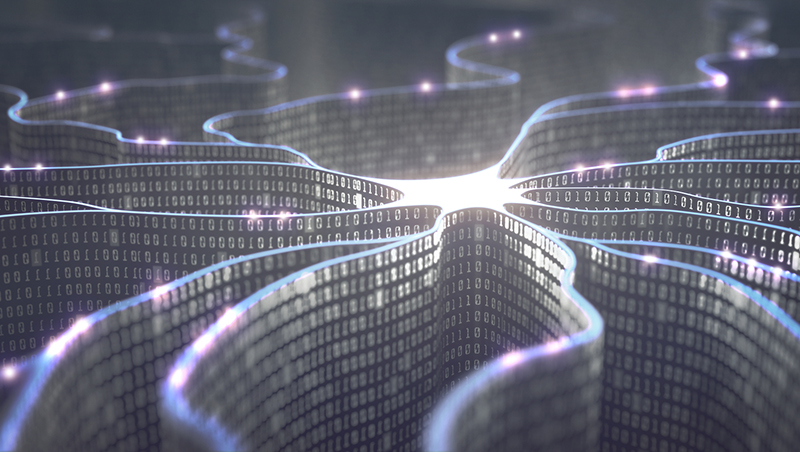What's all the fuss about Alice and Bob?
Computers have taught themselves how to keep their messages secret


Who are they?
Mr and Mrs Clutterbuck, the retired Shropshire couple who power the internet, pedalling non-stop (except for toilet breaks) on a bike machine connected to the National Grid.
Don't be silly. Who are they really?
Sorry. They're actually neural networks from Google that have taught themselves how to encrypt the messages they send to each other.
Remind me what are neural networks?
Computer systems designed to mimic how the human brain learns from trial and error. What makes them so exciting is that they can adapt their behaviour without human input. They have already learnt how to describe what's happening in photos (see screenshot below), howto play chess, and how to detect early signs of cancer. But Alice and Bob arethe first to develop a system for keeping messages secret.
How did they do that?
Sign up today and you will receive a free copy of our Future Focus 2025 report - the leading guidance on AI, cybersecurity and other IT challenges as per 700+ senior executives
With a lot of practice. It took Alice 15,000 attempts, but eventually she sent a message to Bob that Eve couldn't decipher.
Sorry who's Eve?
The third network in this neural threesome. She could intercept messages, but lacked the key used by Alice and Bob to decode them. Instead she had to 'learn' how to decipher them. Researchers wanted to see how long it would take Alice to create an encryption method that was complex enough to stop Eve unlocking it, while still being understood by Bob.
As an EastEnders scriptwriter might put it, Alice and Bob are having an affair and texting each other coded messages. Eve suspects something, and secretly reads Bob's phone, hoping to learn how the code works. This forces Alice to use more sophisticated code, and Bob to improve his decryption methods (and maybe buy a new phone).
What code did Alice use?
Sixteen zeroes and ones. At first, Eve had little trouble decoding the messages. This information was fed back to Alice, who responded with stronger encryption. She was finally successful when Eve could guess only eight of 16 zeroes and ones, which is no better than she would have done by pure chance.
Is Alice better at encryption than humans?
No, but we're not sure exactly how less effective it is. That's because Google doesn't really know how Alice's encryption works. Figuring out the algorithms Alice used would take a lot of time and effort. For now, there's little practical use for the technology. But it's a significant first step.
Who's behind all this?
Google Brain, the company's project to "make machines intelligent" in order to improve people's lives. Its breakthroughs have been used to enhance many of Google's products, including Gmail, Street View and YouTube. However, it admits that many of its advances "may take years to become useful".
And lastly, why the names Alice, Bob and Eve?
While it's tempting to think they were named after Google's office cats, the truth is more humdrum. Since the 1970s, researchers have used a cast of characters to make theories in cryptography easier to follow. In experiments Alice and Bob are typically used to send messages to each other, while Eve is the 'eavesdropper'.
Other characters include Grace a government official trying to weaken encryption and Sybil, who hides behind numerous pseudonyms. Wikipedia has the full list, which sadly excludes Bianca, Grant and Dot, thus ending our EastEnders analogy.
This article originally appeared in PC Pro.
Main image credit: Bigstock
Freelance journalist Nicole Kobie first started writing for ITPro in 2007, with bylines in New Scientist, Wired, PC Pro and many more.
Nicole the author of a book about the history of technology, The Long History of the Future.
-
 British IT worker jailed for revenge attack on employer that caused a “ripple effect of disruption” for colleagues and customers
British IT worker jailed for revenge attack on employer that caused a “ripple effect of disruption” for colleagues and customersNews West Yorkshire man Mohammed Umar Taj was suspended from his job in Huddersfield in July 2022, and began taking revenge within hours.
-
 ‘Risk into revenue’: Trend Micro’s new European channel program targets partner growth
‘Risk into revenue’: Trend Micro’s new European channel program targets partner growthNews The vendor’s updated channel framework now includes a unified tier and discount structure across all partner types
